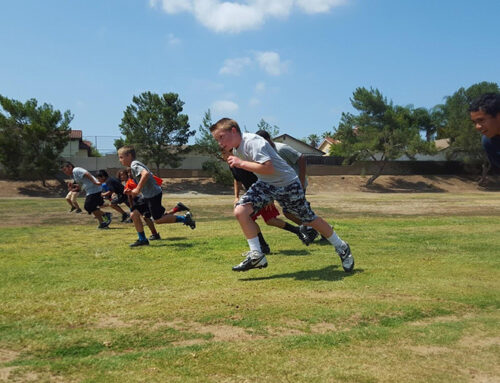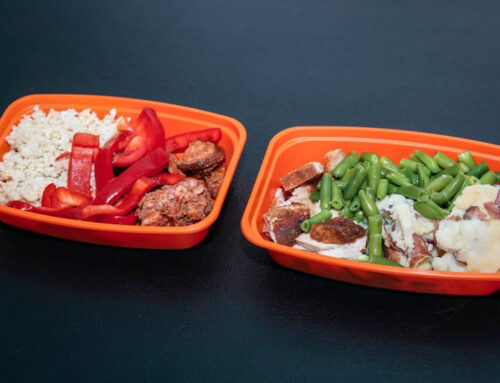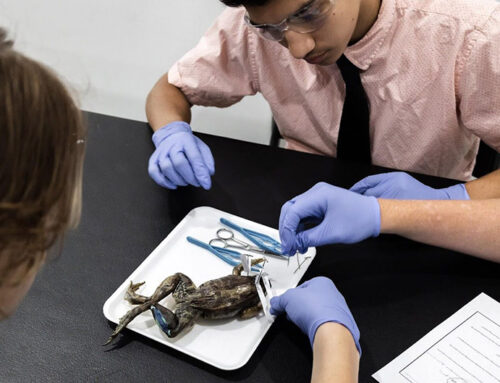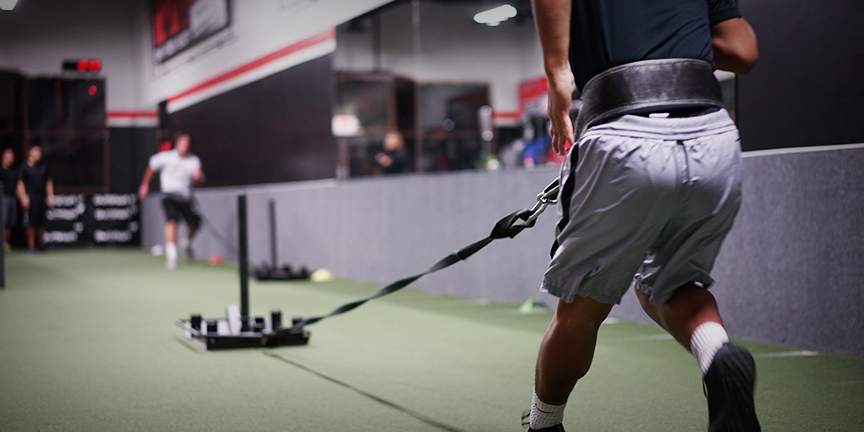
Let’s be straight here, training to improve speed, power, and strength isn’t easy. It’s a simple concept that to get faster you run more and to get stronger you lift more, but it’s definitely not easy. While many unique variables exist for each athlete, the amount of time and effort required to see real gains is a commitment all athletes must endure. With that being said it’s easy for your training to at times seem monotonous and tedious. Here are a few ways you can add a little spice and variety to your training while still pushing yourself to hit your goals.
- Contrast Resistance in Your Sprinting: At my gym, the Boost Performance Center in Corona CA, we like to incorporate a variety of resistance into our movement programs. Whether it’s sleds, bands, or bungee cords, we like to alternate between resisted and free sprints as often as possible. While it makes sessions more exciting because athletes love resistance, it also causes post activation potentiation (PAP), a phenomenon that increases power by performing an explosive movement immediately after a resisted one. Best part here is that an athlete can actually feel the momentary increase in explosiveness after the resistance. Incorporate this into your speed and agility workouts especially if you’re looking to gain more power and explosiveness.
- Do More Plyometrics!!: We do plyos in both speed and strength sessions at the Boost Performance Center. Not only is it appropriate for the many strength and power athletes we get, but all things being equal, power development can be the difference maker between 2 athletes during competition. The more powerful athlete will always win. There is a variety of different types of plyometrics from vertical, horizontal, & lateral, to double leg and single leg. When incorporating plyos into your workout you want to place them at the beginning of your speed session, typically right after your dynamic warm up. When incorporating them into the weight room you’ll again use the contrast method mentioned above. An example of this would be going from heavy barbell squats and immediately going to a set of vertical jumps. Not only will you build more power, but you’ll see your workouts become a lot more challenging, and for a serious trainer that’s always a good thing!
- Combine Your Exercises: This is mainly for speed sessions, and can really push your agility and change of direction to another level. This is a natural progression for my athletes, as their mechanics improves I can combine an exercise that requires a higher level of skill. Example of this would be combining foot work & agility drills such as 2 in 2 out ladder footwork to lateral sprint. Another is a backpedal to a back lateral run. The possibilities and degree of difficulty when combining exercises is pretty much endless. Just remember to keep combinations realistic to what you would see in sports. Training should always be specific enough that it moves you closer to improved athletic performance.
- Use More Active Recovery: Instead of doing nothing on your off days, use this time to incorporate different low intensity exercises such as yoga, swimming, or cycling. My definition of low intensity are exercises that are typically less aggressive on an athletes joints. Incorporating these types of exercises into your regimen is great because it allows an athlete to work different qualities of fitness such as cardiovascular or mobility. This will add some variety to your training and give you the added benefit of getting something out of your “off” days as well.
- Olympic Lifting: Obviously this is all about the weight room. I have lifted weights as both an athlete and as a fitness professional and there is no doubt that routines can become somewhat flavorless. But as mentioned before you can’t get around the work that needs to be done. I enjoy incorporating Olympic lifts such as the snatch and jerk (the power clean is much more common) because they require a great amount of total body strength, power, and mobility which are all key components of athleticism. Olympic lifting can be very challenging for athletes who have become proficient in standard lifts, so they can really provide room for improvement. As long as you have the space to safely implement these exercises they will be a great addition to your workout routine while still improving performance.
Adding variety to your training can be a tricky thing. On one hand you want to keep your workouts fresh and fun, on the other hand consistency will always be key in athletic development. Training without purpose may burn some calories, but it will certainly not move you in the direction you want to go. The tips listed here will definitely do the trick. Now get to work!
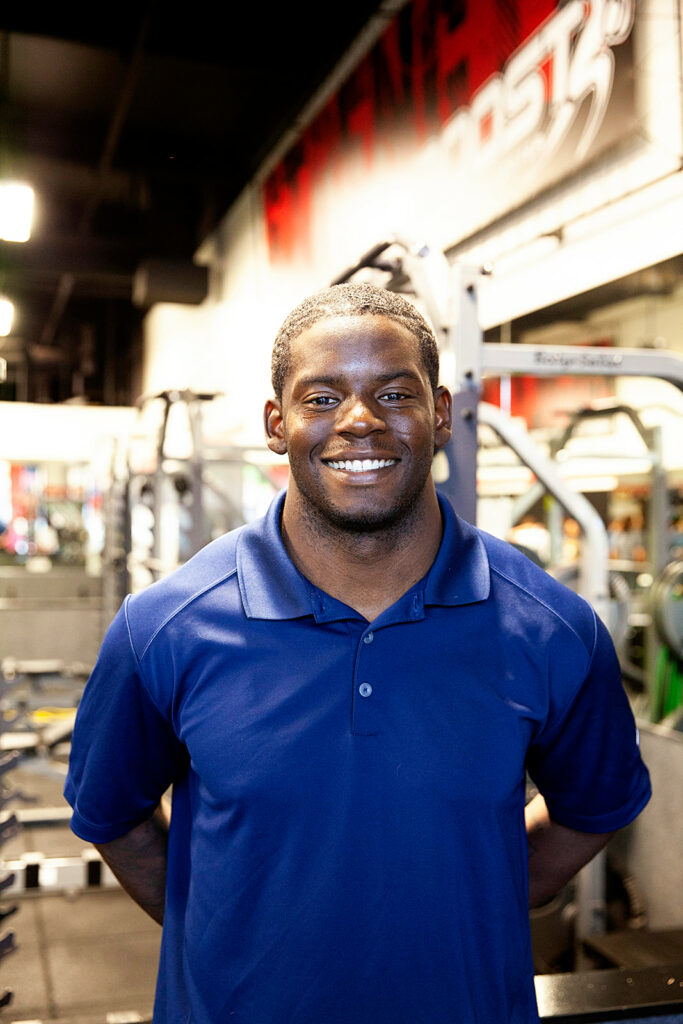
Level 1 & 2 Coach Bommarito Performance
CSCS / USAW


